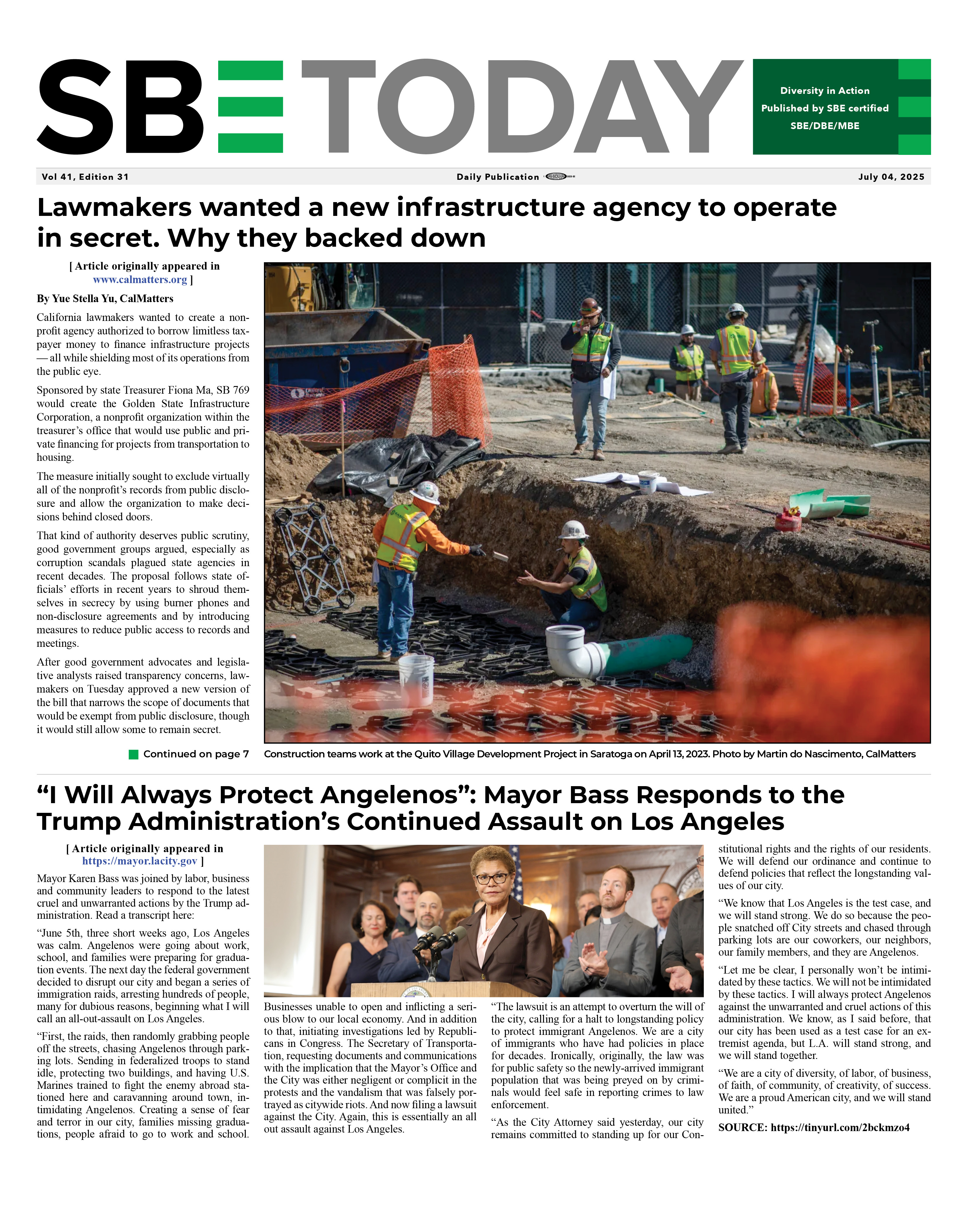How to Properly Vet New Construction Subcontractors
07/24/2020
[ Article was originally posted on www.constructconnect.com ] Check Their ReferencesWhen seeking a new subcontractor, construction professionals should always request references. Most honest companies are happy to provide them, especially if they have a line of satisfied customers ready to sing their praises. Checking references gives general contractors the tools to learn more about these new subcontractors from the people they've worked for in the past. It's no different than checking in with previous employers before hiring a new full-time employee. It can provide companies with a wealth of information to help them make smart decisions. Verify LicensingMost states require subcontractors to be licensed, bonded and insured before they're allowed to operate in that area. Construction managers should obtain the licensing information for any potential subcontractor and verify that information with the state. Upholding these high standards might seem a little picky, especially with upwards of 80% of contractors having trouble finding skilled craft workers and subcontractors to complete their tasks. Without this paperwork, though, general contractors may find themselves on the hook for any mistakes the subcontractors make, so they should never hire anyone who isn't licensed, bonded and insured. Check Safety RecordsFinding a subcontractor who's focused on worksite safety should be a priority for all general contractors. Even if the subcontractor is at fault after an accident, the parent company could find themselves on the hook for a citation from the Occupational Safety and Health Administration (OSHA) regardless. Project managers should avoid companies with spotty safety records or a history of dangerous practices or accidents, even if their offer sounds too good to be true. Saving a little cash on the contract isn't worth the risk of accidents on the job site. Request Everything in WritingThis tip is a helpful habit to get into and can protect both general contractors and subcontractors. Any and everything discussed should be put down in writing, signed, and dated by both parties. That way, if there is a conflict—especially one that makes it to court—there will be a paper trail outlining everything both parties agreed to. This arrangement can be a useful vetting tool as well when entering discussions with a new subcontractor. If a potential partner refuses to put their terms in writing, it's a big red flag that working with them will be a poor choice. Review Staffing and ResourcesIt's hard to work with a subcontractor if they don't have the resources or staff to keep up with the project's demands. Before entering into a partnership, every construction professional should take the time to review their subcontractor's staffing and resources. They should make sure they have enough people and the proper equipment to meet the project's needs. A small crew isn't necessarily a deal-breaker unless previous work indicates they don't have the skills or experience to keep up. Each contractor should be assessed on a case-by-case basis. View Previous WorkPeople say a picture is worth 1,000 words. Talking to subcontractors can only go so far, so construction managers should review their previous work either in person or in a portfolio. The company might look good on paper, but if their output doesn't match their descriptions, it's a good indicator that they're being dishonest. On the other hand, viewing their previous projects can be a fantastic way to find a "diamond in the rough." This could be a subcontractor who might not have a ton of experience or references but has an organized body of work that speaks for itself. Consider PrequalificationMany general contractors use prequalification to weed out casual applicants and help them find the best people in the industry to work with. Subcontractors must go through a prequalification process before they're ever allowed to bid for projects. A prequalification process can include many of the vetting tips previously mentioned in this piece. That can make it easier to review new subcontractors because there won't be so many to sort through. Finding a Subcontractor Is Hard Work
For every skilled and honest subcontractor out there, there are 10 scam artists trying to weed their way into an already competitive industry. A thorough vetting process gives general contractors the tools to protect their businesses and find the best companies in the industry to work with. Back To News |
|
|
|
ABOUT SBE Inc.
Small Business Exchange Inc., is the ultimate business information hub for small businesses, disadvantaged, Asian, Black, Hispanic Women and Disabled Western-owned Business. Founded in 1984 by Gerald W. Johnson and Valerie, Voorhies, SBE, has been working for over two decades to provide businesses with the most powerful tools available and accurate, up-to-date information about contract opportunities in the public and private marketplaces. CONTACT
Small Business Exchange, Inc.
Phone: 415-778-6250
© 2025 Small Business Exchange, Inc.
|
||
|
|
How to Properly Vet New Construction Subcontractors
07/24/2020
Back To News |
|





